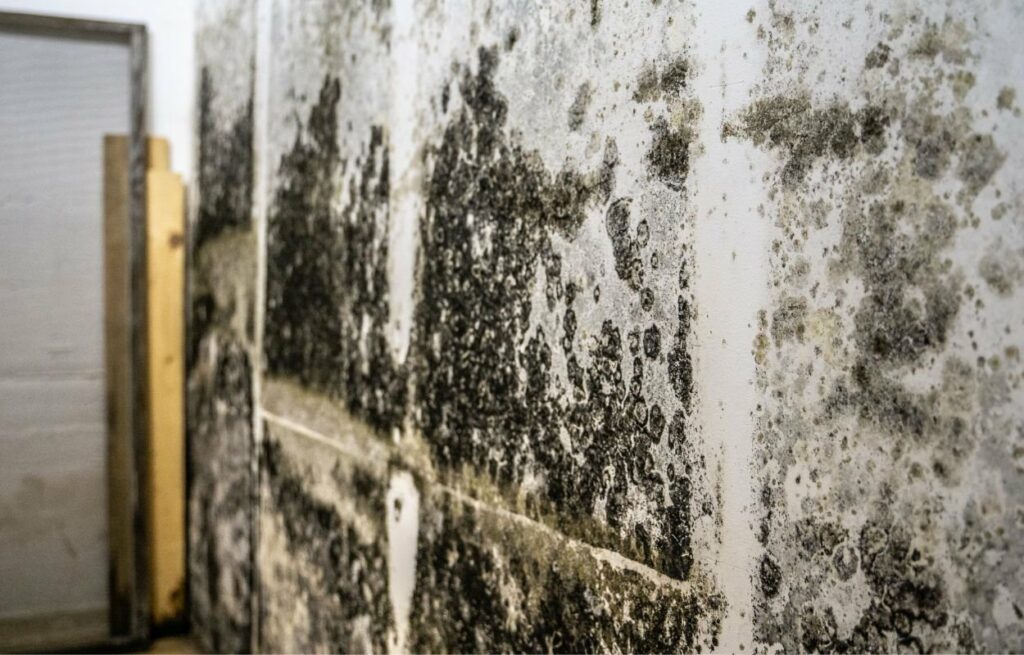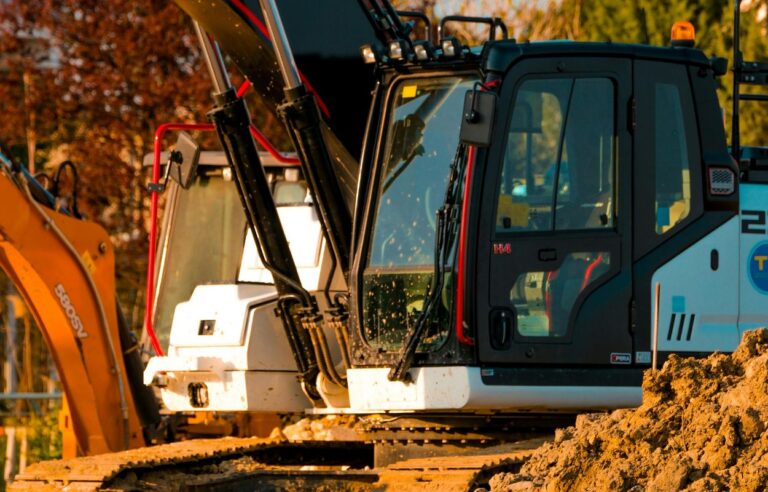
If you’ve ever had to deal with mold in your home, you know how quickly it can become a huge headache. It’s not just unsightly – some types of mold can also be dangerous to your health. But when it comes to mold, there’s one type that often gets all the attention: black mold. So, what’s the deal with black mold, and how does it compare to other types of mold? Let’s break it down in a way that’s easy to understand!
WHAT IS BLACK MOLD?
Black mold, or Stachybotrys chartarum, is a type of mold that’s often seen as the “bad guy” of the mold world. It tends to grow in damp, warm areas where water damage has occurred, like basements, bathrooms, or anywhere that’s been exposed to leaks. You’ll usually find black mold in places that have had standing water for a long time, which is why it’s often associated with the aftermath of floods or heavy rainfall.
The name “black mold” comes from the dark greenish-black color it takes on when it grows. It can look like a slimy, dark patch on walls, ceilings, or even carpets.
WHY IS BLACK MOLD DANGEROUS?
One of the reasons black mold stands out is that it can be more harmful than other types of mold. Black mold produces mycotoxins, which are toxic substances that can cause a range of health problems. These can include respiratory issues, allergic reactions, headaches, and skin irritation. In some cases, prolonged exposure to black mold can even lead to more serious health issues, especially for those with pre-existing conditions like asthma or a weakened immune system.
IS BLACK MOLD THE ONLY DANGEROUS TYPE?
Nope! While black mold often gets the most attention, it’s not the only type of mold that can be harmful. There are plenty of other molds that can cause health issues, too.
For example, Aspergillus is a type of mold that’s commonly found in homes. This mold can cause respiratory problems, particularly in people with asthma or allergies. It’s a little more common than black mold and can show up in a variety of colors, from green to yellow to even black.
Cladosporium is another mold you might find in your home. This mold is typically black or green, and although it’s not as toxic as black mold, it can still trigger allergic reactions in sensitive individuals. It’s often found in damp areas, like air conditioning units or areas with leaky pipes.
So, while black mold is often the most talked-about mold, there are many types that can still pose a health risk if left untreated.
WHAT MAKES BLACK MOLD DIFFERENT FROM OTHER MOLDS?
So, what exactly makes black mold stand out from the other types of mold we just mentioned? Well, there are a few key differences that are important to note.
First off, black mold thrives in areas where water damage has occurred. While other types of mold can grow in damp conditions, black mold tends to favor environments where the moisture has been present for an extended period of time. This is why you often see black mold in basements after a flood or in areas with chronic leaks.
Secondly, black mold can produce mycotoxins that make it more dangerous than other molds. Not all molds produce these toxins, so while other types of mold can cause health issues, they’re not always as severe as the problems caused by black mold.
Finally, black mold is usually a bit more challenging to clean up than other types of mold. It’s important to take extra precautions when dealing with black mold to ensure you don’t make the problem worse by disturbing the spores. That’s why it’s often recommended to call in a professional when dealing with black mold infestations.
HOW TO IDENTIFY MOLD IN YOUR HOME
No matter the type of mold, it’s important to be able to identify it early so you can take action. Mold usually shows up in damp, dark places, so check areas that are prone to water damage. These areas include:
Bathrooms: Moisture from showers and baths can make bathrooms a prime spot for mold growth.
Basements and crawl spaces: These areas are often damp, which makes them perfect for mold.
Around leaky pipes: If you have a leaky pipe, it’s a great place for mold to start growing.
Windowsills: If condensation builds up on your windows, mold can begin to grow there too.
Once you spot mold, it’s best to get rid of it as quickly as possible. Small infestations can sometimes be handled with DIY cleaning methods, but larger infestations – or black mold – often require professional help.
WHAT SHOULD YOU DO IF YOU HAVE MOLD IN YOUR HOME?
If you’ve discovered mold in your home, it’s important to act quickly to avoid health problems and further damage to your property. Here are a few steps you can take:
Find the Source of Moisture: Mold thrives in damp conditions, so the first thing you need to do is stop the source of moisture. This could be fixing a leaky pipe, improving ventilation, or addressing any water damage.
Clean Small Areas of Mold: If the mold growth is small (less than 10 square feet), you might be able to clean it yourself. Use a mixture of water and detergent to scrub away the mold. Always wear gloves, a mask, and protective eyewear when cleaning mold.
Call a Professional for Large Mold Infestations: If you’re dealing with a large area of mold, or if you suspect black mold, it’s best to call in a professional. Mold abatement in Nanaimo and other areas is a specialized service that ensures the mold is safely removed, and the cause of the mold is addressed.
Prevent Future Mold Growth: Once the mold is gone, take steps to prevent it from coming back. This might involve fixing any leaks, improving ventilation, or using a dehumidifier in areas prone to moisture.
WHEN TO CALL A PROFESSIONAL FOR MOLD ABATEMENT
If you’ve got mold, especially black mold, it’s important to make sure you’re addressing the problem properly. If you’re not sure what type of mold you have or how severe the issue is, it’s always a good idea to call a mold professional for help. Mold abatement in Nanaimo, or wherever you live, can provide the expertise needed to identify the mold, contain the spread, and safely remove it. A mold professional can also check to ensure that your home is fully dried out, so you don’t end up dealing with the problem again.
CONCLUSION
Mold is one of those things that nobody wants to deal with, but unfortunately, it’s something that can affect almost anyone with the right conditions. Black mold tends to get the most attention because of its potential health risks, but it’s not the only mold that can cause problems. Other types, like Aspergillus and Cladosporium, can also cause health issues, so it’s important to address any mold you find in your home.
If you suspect you have a mold problem, whether it’s black mold or something else, don’t wait too long to take action. Mold can spread quickly and cause significant damage, so the sooner you get it under control, the better. And if you’re in Nanaimo or anywhere else and dealing with a mold problem that seems a bit too big to handle on your own, remember that mold abatement services can help make your home safe again.
Take care of your home, and don’t let mold take over!



